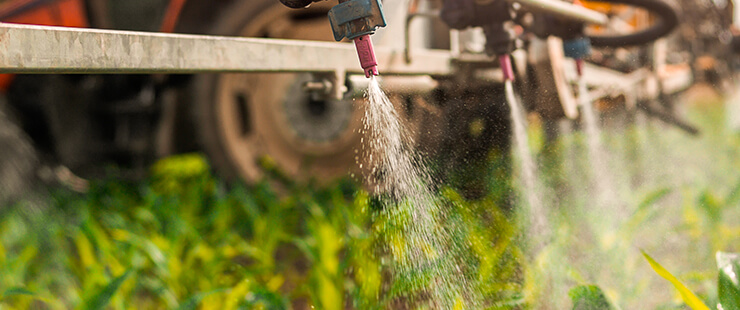Get unique, complex parts easily. No matter your requirements, Chaoyi Spring creates hard-to-produce coil springs and wire forms.
Let us help you create the custom wire form you need, from S-hooks and J-hooks to utility hooks and more.
We work closely with customers across a wide range of industries, helping them design and manufacture made-to-order parts.
Why choose Chaoyi Spring? We prioritize customer-focused collaboration, modern equipment and the latest technology to make your parts per print.
Find the information and guidance you need, from measuring a spring to learning about materials, placing an order and much more.
Compression springs, those ubiquitous coiled wonders, are the silent heroes of countless machines and devices. From the gentle push of a door closer to the powerful force of a car


Compression springs, those ubiquitous coiled wonders, are the silent heroes of countless machines and devices. From the gentle push of a door closer to the powerful force of a car suspension, compression springs play a crucial role in our everyday lives. But have you ever wondered what makes these springs so versatile and how we can predict their behavior? The answer lies in the compression spring equation, a mathematical formula that encapsulates the intricate relationship between a spring's physical properties and its ability to store and release energy. Let's embark on a journey to unravel the mysteries of this equation and gain a deeper understanding of compression springs.

Compression springs are essentially helical coils of wire designed to resist compression forces. When a load is applied to a compression spring, it compresses, storing potential energy. This stored energy can then be released, providing a return force. Compression springs are found in a vast array of applications, from simple mechanical devices like door closers and spring-loaded clamps to complex machinery like automotive suspensions and industrial presses.
The compression spring equation is a fundamental tool for engineers and designers to predict the performance of compression springs. It allows them to determine the spring's stiffness, the force it will exert at a given compression, and the amount of energy it can store. The equation itself is a beautifully concise expression that captures the essence of a compression spring's behavior:
F = kx
Where:
This equation, known as Hooke's Law, tells us that the force exerted by a compression spring is directly proportional to the amount it is compressed. The higher the spring constant (k), the stiffer the spring, meaning it will require a greater force to compress it a given distance.
The spring constant (k) is not merely a fixed value but a complex function of several factors that define the spring's geometry and material properties. These factors are intricately woven together in the following equation:
k = (Gd^4)/(8D^3n)
Where:
This equation reveals that the spring constant, and therefore the stiffness, is directly proportional to the shear modulus (G) and the wire diameter (d) raised to the fourth power. This means that a small increase in wire diameter can lead to a significant increase in stiffness. On the other hand, the spring constant is inversely proportional to the mean coil diameter (D) cubed and the number of active coils (n). This implies that a larger coil diameter or a greater number of coils will result in a less stiff spring.
While the compression spring equation provides a powerful framework for understanding the fundamentals of spring behavior, designing optimal springs for specific applications involves a more nuanced approach. Here are some key considerations that engineers and designers must factor in:
The compression spring equation is not merely a theoretical abstraction; it serves as the bedrock for countless applications. Here are a few examples that showcase the versatility of compression springs:
The compression spring equation is a powerful tool that allows engineers to understand and predict the behavior of these ubiquitous components. By understanding the factors that influence the spring constant (k), engineers can design compression springs that meet the specific requirements of their applications. Compression springs, in turn, play a vital role in countless devices and machines, ensuring their smooth operation, efficiency, and resilience.
From the delicate tension of a hairspring in a watch to the robust force of a suspension spring in a car, these coiled wonders embody a perfect harmony between material science, mechanical engineering, and the elegant simplicity of a mathematical formula. So, the next time you encounter a compression spring, take a moment to appreciate the intricate interplay of forces, materials, and design that makes it possible.
The compression spring equation is more than just a mathematical formula; it is a testament to the power of engineering to harness fundamental principles to create solutions that improve our lives. It is a window into the hidden world of mechanical forces and the beauty of how these forces can be manipulated to achieve incredible results. Whether it's the gentle push of a door closer or the robust strength of a car suspension, compression springs continue to play a vital role in our world, a testament to the enduring impact of engineering principles.
Browse some of the custom wire forms and springs that we manufacture. Don’t see what you need? We specialize in made-to-order products that meet your application requirements.
Visit Our GalleryNeed a custom wire form or coil spring? We make it work. Fill out the contact form and a representative will respond within 1 business day. If you have a PDF or CAD file, you can submit to request a quote.